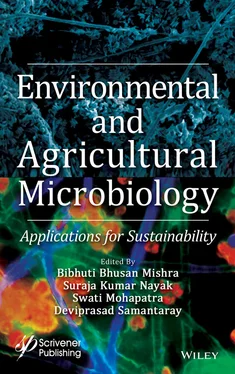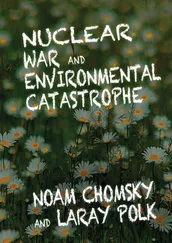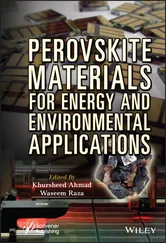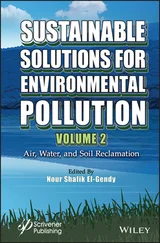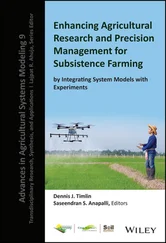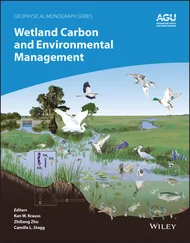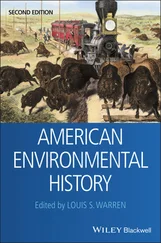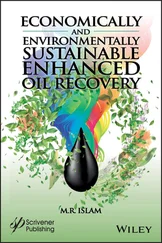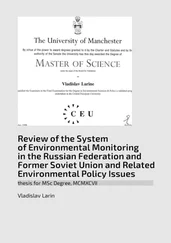The summary of hexavalent chromium effects optimistically made us to find out a significant bio-remediating agent to convert it to non-toxic form which would be cost-effective, easily available, and without any side effects. Herein, we can deliberate the microbes as an alternative of chemical agents. Numbers of reports are proposed basing upon the chromium removal strategy with strains of bacteria, fungi, virus, microalgae, and seaweeds. But in this present piece of work, emphasis has been given on microalgae as a potent source of bioremediation.
2.3 Chromium Bioremediation by Microalgae
Microalgae play an important role in the chromium bioremediation. Biosorption is a method of bioremediation where sorption is taking place either by using dead or living biomass, and it has various significant advantages as follows:
1 (i) High efficiency in eliminating heavy metals even from very low concentrations
2 (ii) Cost effective
3 (iii) High metal adsorbing capacity
4 (iv) The ability of recovering the important metals adsorbed
Algal cells are considered as natural ion-exchange matter as they contain various anionic groups on their surface and this allows them to eliminate heavy metal ions efficiently [46, 47]. It has been observed that various strains of algae like blue-green algae, green algae, red algae, and diatoms are able to remove hexavalent chromium from soil and water.
According to Elhaddad and Mahmoud (2015) [48], a blue-green alga Spirulina platensis acts as a good biosorbent that help in reducing hexavalent chromium. When its chromium reduction efficiency was studied at different pH (1.0 to 7.0), at different time period (5, 10, 20, 30, 60, 80, 90, and 120 minutes), pH 6.0 and 40 minutes of time period are suitable conditions for chromium reduction. Another S. platensis was also studied by Khuntia et al., (2011) [49] for the reduction of hexavalent chromium. In addition, 99.7% of chromium was reduced at an optimum pH of 0.5 and biomass dose of 5 g L −1. According to Katircioğlu et al., (2012) [50], a cyanobacterial strain Oscillatoria sp. H1 obtained from the Mogan Lake in Ankara, Turkey, was also observed for hexavalent chromium (VI) removal from aqueous solutions. Maximum biosorption of Cr(VI) was found at pH 6.0 which remain unaffected to temperature between 20°C and 40°C. Increase in biosorption was observed by increase the dried free and immobilized live and heat inactivated biomass (0.04 g) and 30 beads, respectively.
The smaller freshwater green algae Pseudokirchneriella subcapitata , formerly known as Selenastrum capricornutum Pintz, amplifies metal binding sites, leading to an increase in bioaccumulation and consequential increase the capacity to accumulate chromium [51]. Spirogyra sp. was found to be a cost effective and eco-friendly biosorbent while studied using different concentrations of chromium (1.0, 5.0, 15.0, and 25.0 mg L −1), different dosages of dead algal biomass (0.1, 0.2, and 0.3g) with variation time, pH, and temperature [52]. Chatterjee and Abraham, 2015 [53] observed maximum biosorption in the dried biomass of the Spirogyra sp. (2.5 g L −1) at pH 6.0 when it was treated with 10 mg L −1chromium concentration for one hour. Sphaeroplea sp. was treated with different chromium concentration with variation in time period, in its natural and acid treated form to study the biosorption capacity. Maximum result was observed at pH 5.0 in the acid treated alga (158.9 mg g −1) than its natural form (29.85 mg g −1) [54].
Sbihi et al., (2012) [56] have observed maximum Cr(VI) biosorption capacity 93.45 mg g −1of Cr(VI) in Planothidium lanceolatum at a concentration of 0.4-g dried diatoms per liter with a Cr(VI) concentration of 20 mg L −1. Hence, it was proved to be a potent microalga for biosorption of hexavalent chromium.
2.4 Mechanism Involved in Hexavalent Chromium Reduction in Microalgae
Polysaccharide is the basic building block present in the cell walls of prokaryotic and eukaryotic microalgae following proteins and lipids [57]. They contain functional groups like phosphate, amino, sulfhydryl, thiol, and carboxylic groups which are mostly capable of binding to the heavy metals as per their specificity and affinity as seen in Figure 2.2.
Cyanobacteria are able to synthesize metallothioneins (intracellular metal binding proteins) [58]. These are low molecular weight proteins (6,000 to 8,000 amu) rich in cystein residue and bind to metal ion in metal thiolate cluster. It has been reported that cyanobacterial species like Oscillatoria sp., Gleocapsa sp., and Spirulina sp. have the ability of synthesizing siderophores possessing metal chelating properties [50]. It has also been noticed that the heavy metals get deposited in polyphosphate bodies (intracellular storage compartments). Besides this they have also some other advantages like larger surface area, high binding affinity, simple nutrient requirement, and greater mucilage volume which help them to act as biosorbents [55]. Besides this, another mechanism involves the partitioning of metal ion between cell wall and exopolymer sheath [58].
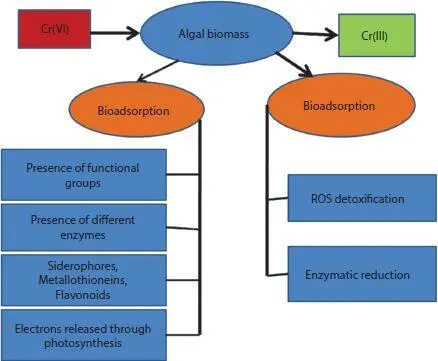
Figure 2.2 Schematic diagram: Mechanism of Cr(VI) reduction through micro-algal biomass.
Except extracellular chromium reduction, intracellular reduction can also be taken as a major mechanism. Algal cells are found to be better source of Cr(VI) reduction, so there must be presence of Cr(VI) reducing enzymes in their cells like bacteria and fungi. The protoplasm of these cells contains some components such as NADH, proteins, low molecular weight carbohydrates, fatty acids, amino acids, and flavoproteins which can completely reduce Cr(VI) to Cr(III). Generally, in chromium-rich region an oxidative stress condition is created inside the cell leading to the generation of several harmful reactive oxygen species (ROS). In order to avoid this situation, the cell starts to produce special kind of protein, enzyme, or any substance which can able to reduce, remove, or transform the Cr(VI). Besides this, microalgae also release electron through photosynthesis and they have a very unique metabolic process compensating the electron for the reduction of Cr(VI) [16, 59].
According to the findings of Nacorda et al., (2010), there is an initial rapid phase of passive extracellular biosorption process [60]. It was carried out following a slower active intracellular bio-absorption. This method is quite similar to the biphasic uptake take place in bacteria, fungi and other microbes. It is also reported that the longer is the incubation time the higher is the amount of Cr(VI) absorbed by Chlorella vulgaris . Another reason behind this bio-absorption may be due to the high storing capacity of the protoplasm.
Although, chromium is pervasive metal in the environment and Cr(VI) is reported as toxic with several carcinogenic, mutagenic, and a few more hazards, which are affected to behavioral, physiological, biochemical, and immunological aspects. Although bacteria, fungi, and other algal forms are able to convert the hexavalent chromium to trivalent chromium (nontoxic form) but in addition to the common mechanism found in bacteria and all other microbes, the microalgae uses some special mechanism like the residues of flavonoids and the electrons release during photosynthesis for the conversion of hexavalent chromium to trivalent form. Microalgae are potential candidate for the detoxification of Cr(VI), which would be used for the treatment of chromium contaminated water and soil in an eco-friendly manner.
Читать дальше
